Romanesque & Romanico Pisano
Vicopisano's area preserves precious examples of the Romanesque style, more precisely of the Pisan Roman, thanks to the numerous churches that are present among the inhabited villages and following Monte Pisano's structure: the Parish of Santa Maria , the most important church and the one that has been mentioned for the first time in documents in 934, San Jacopo in Lupeta's church (8th century), Sant’Andrea in Nocciola (8th century), San Martino al Bagno in Uliveto Terme (8the century) and the wonderful Santa Giulia's church in Caprona, first mentioned in 1096 but that has been built earlier.
Pisan Romanesque is the Romanesque architectural style that developed in Pisa from the end of the 10th century and which was exported to a large area of influence at the time when the city was a powerful Maritime Republic, from the second half of the 11th to the early from the 13th century.
Since the centuries prior to the year 1000, the southern coast of Monte Pisano, located behind Vicopisano, was in fact the area chosen for the construction of numerous religious buildings, mainly run by monks, often located along elevated communication routes and protected by vegetation. They testify to the will of the Church to spread religiosity in a widespread manner in the rural area and at the same time to effectively control the territory. Among these buildings we remember San Michele alla Verruca (IX-XI) e l’Eremo di San Salvatore (XII secolo), situati fuori dal paese di Vicopisano e raggiungibili partendo dalla pieve di Santa Maria, uscendo in direzione di Buti, e imboccando a sinistra la strada panoramica che conduce fino alla fortezza della Verruca.
Other religious buildings
With a Vicopisano The Maria Addolarata Church in Via Crucis deserves special mention. It's interesting for its architectural features but also for its location. It stands on the top of the hill Mirra, which can be reached by climbing up the ascent steep punctuated by 14 stations of the Passion (Via Crucis) recently restored.
Moving to San Giovanni alla Vena, you can visit the parish church of San Giovanni Evangelista – which houses many works of art including the wooden Cross of the mid-thirteenth century, attributed to Henry of Tedice – and the charming oratory of Santa Croce in Castellare built on top of the hill that rises above the village and star every year in May of the most important festival.
In the town of Cucigliana it is remarkable the church of Sant'Andrea Apostolo (St. Andrew the Apostle) and the oratory of San Martino in Valle. The main church of Lugnano, is dedicated to the Saints Quirico and Julietta, but the church of St. George is also worthy of attention.
With a Uliveto Terme the main church is dedicated to San Salvatore. It's the XIX century reconstruction of a building of the XI century ruined by a flood of the Arno; noteworthy it's also the church of the Santissima Annunziata, loved by the citizens of Uliveto Terme.
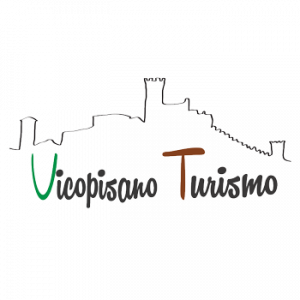



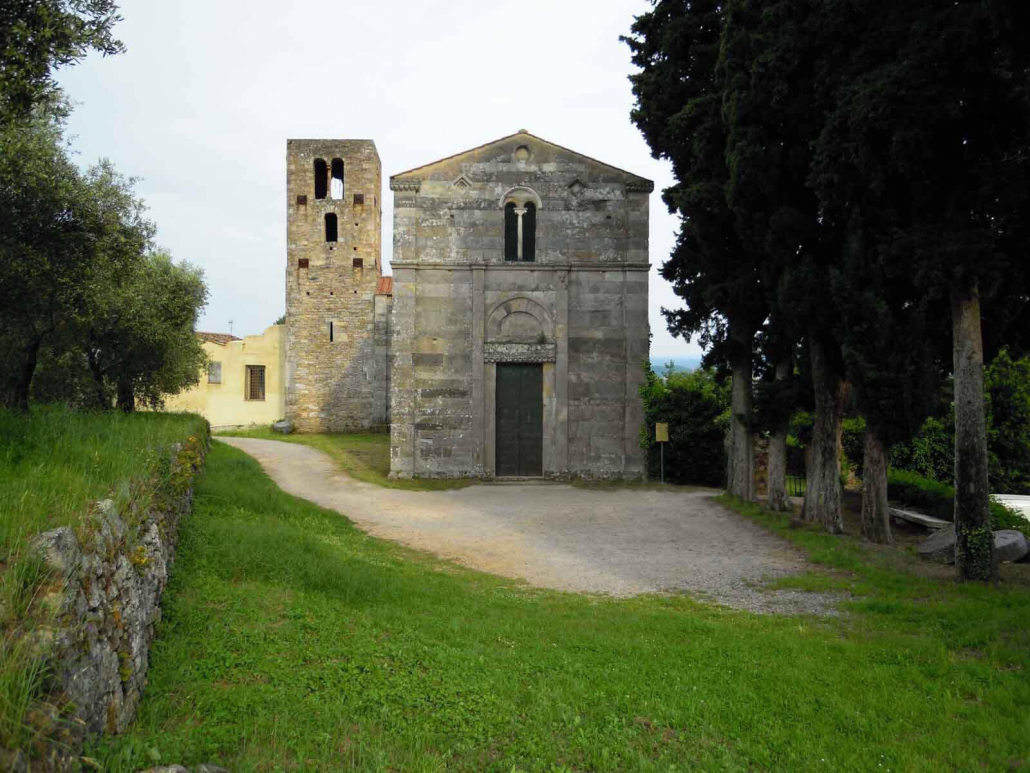
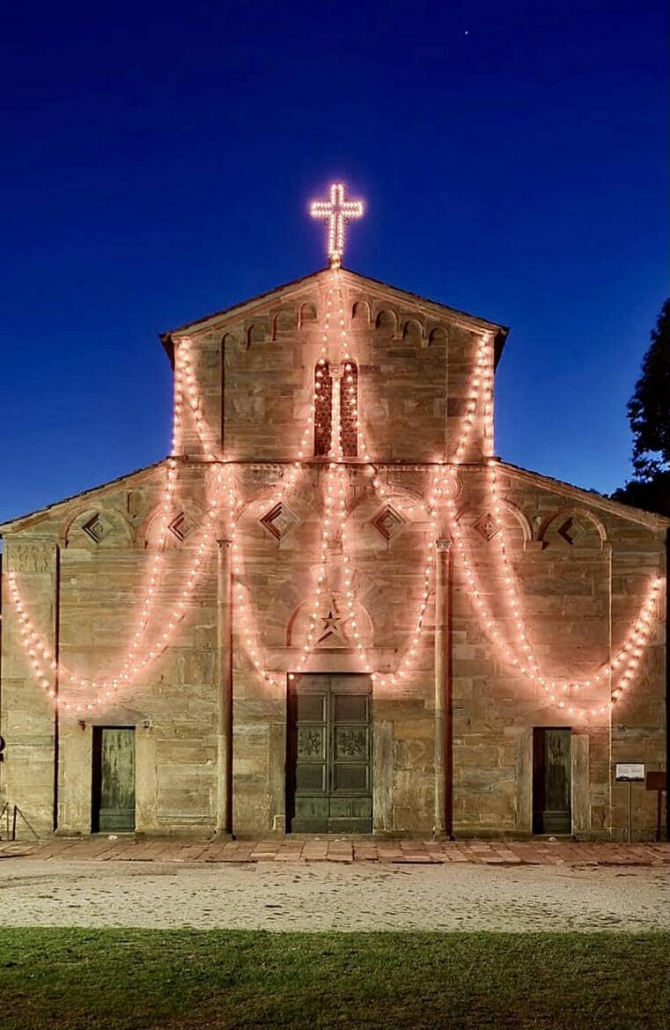

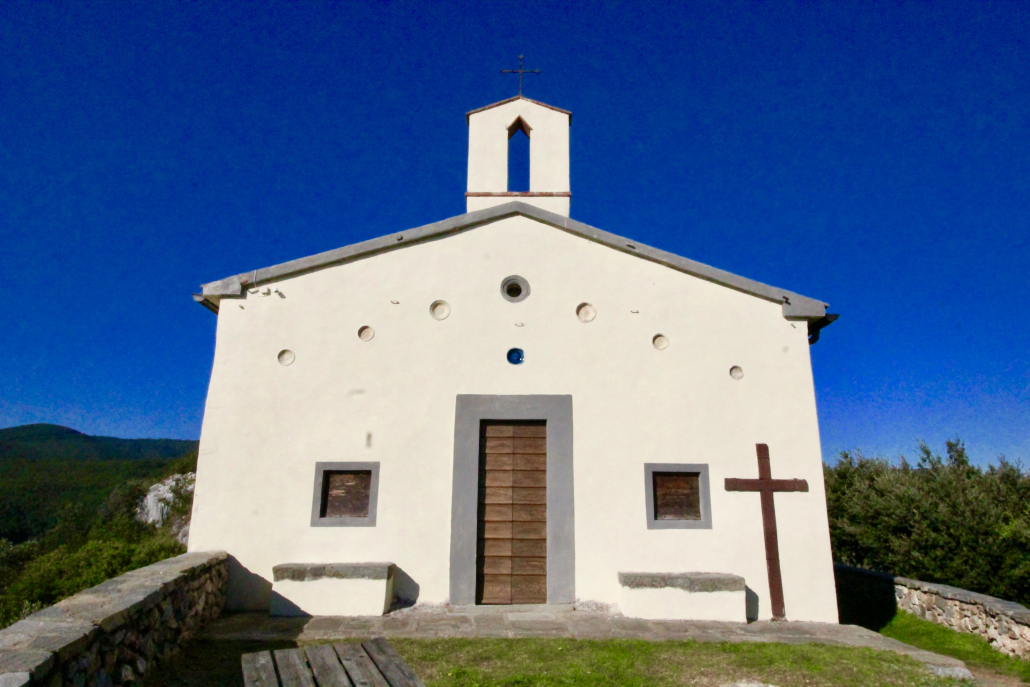
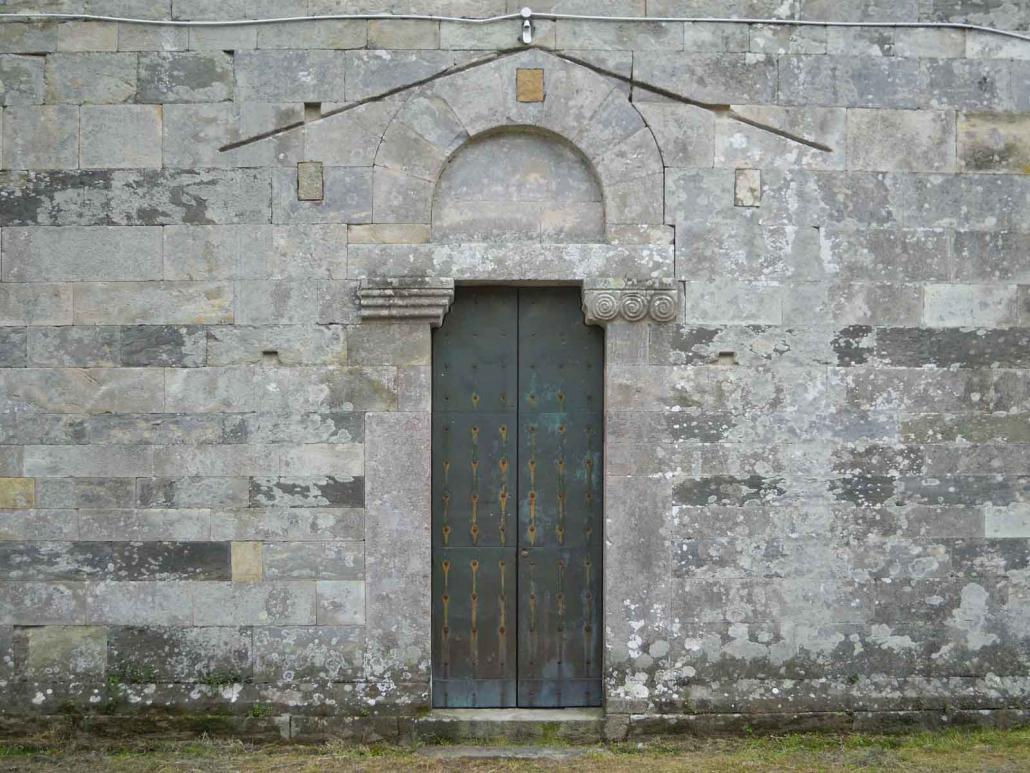
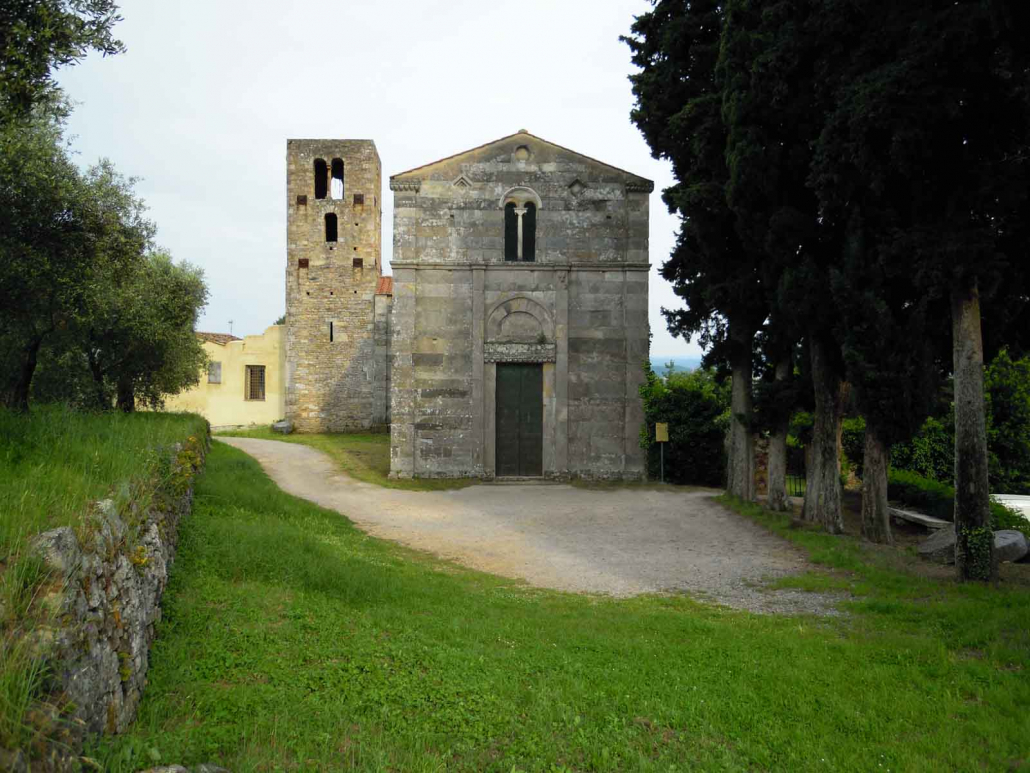


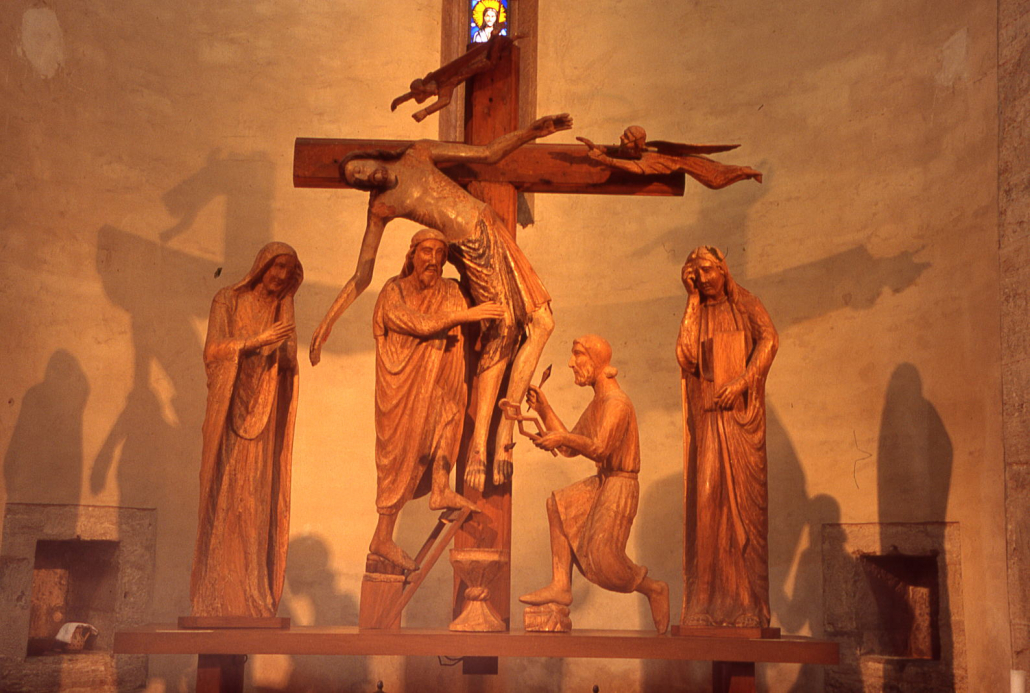
 simona morani
simona morani